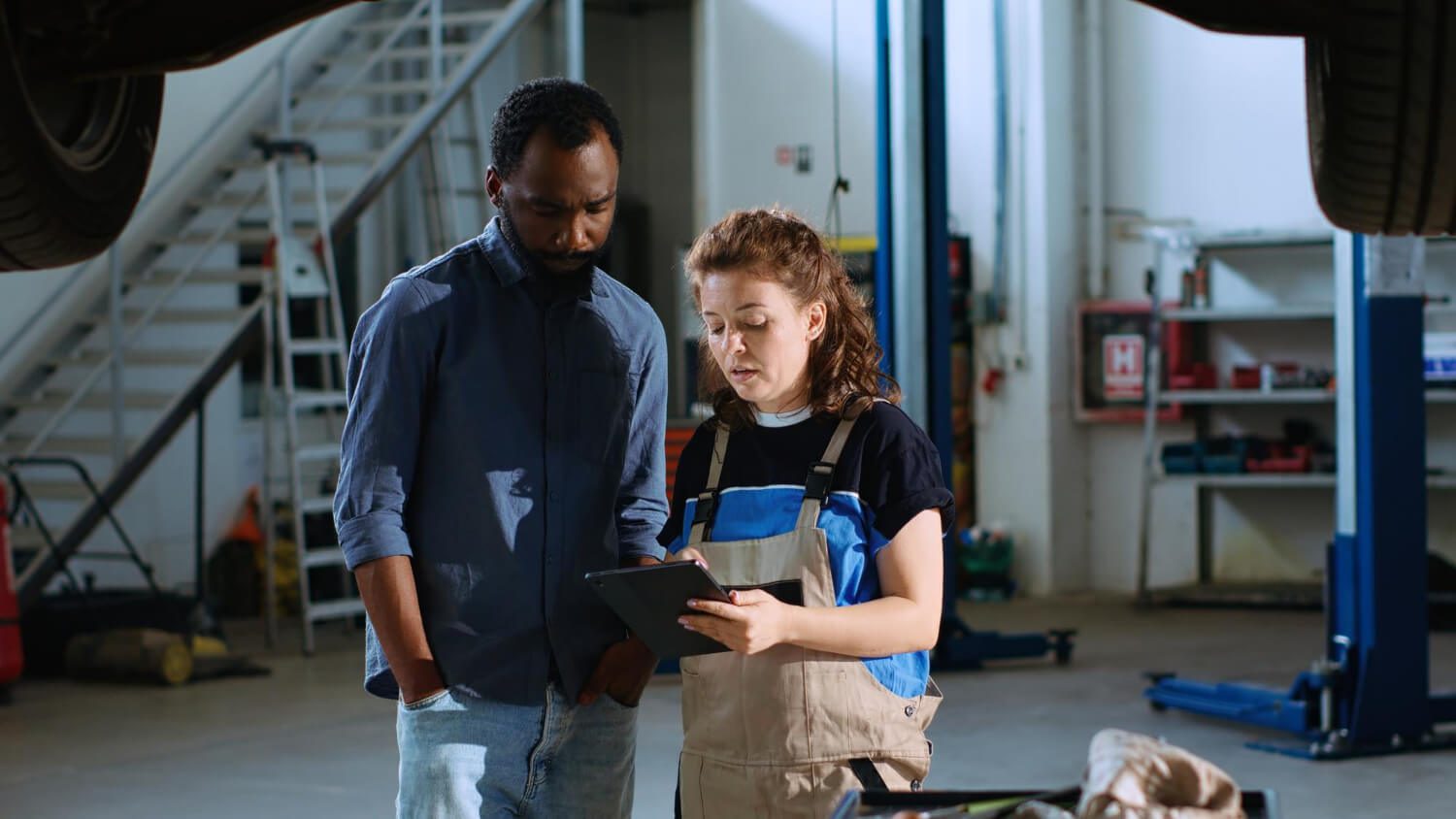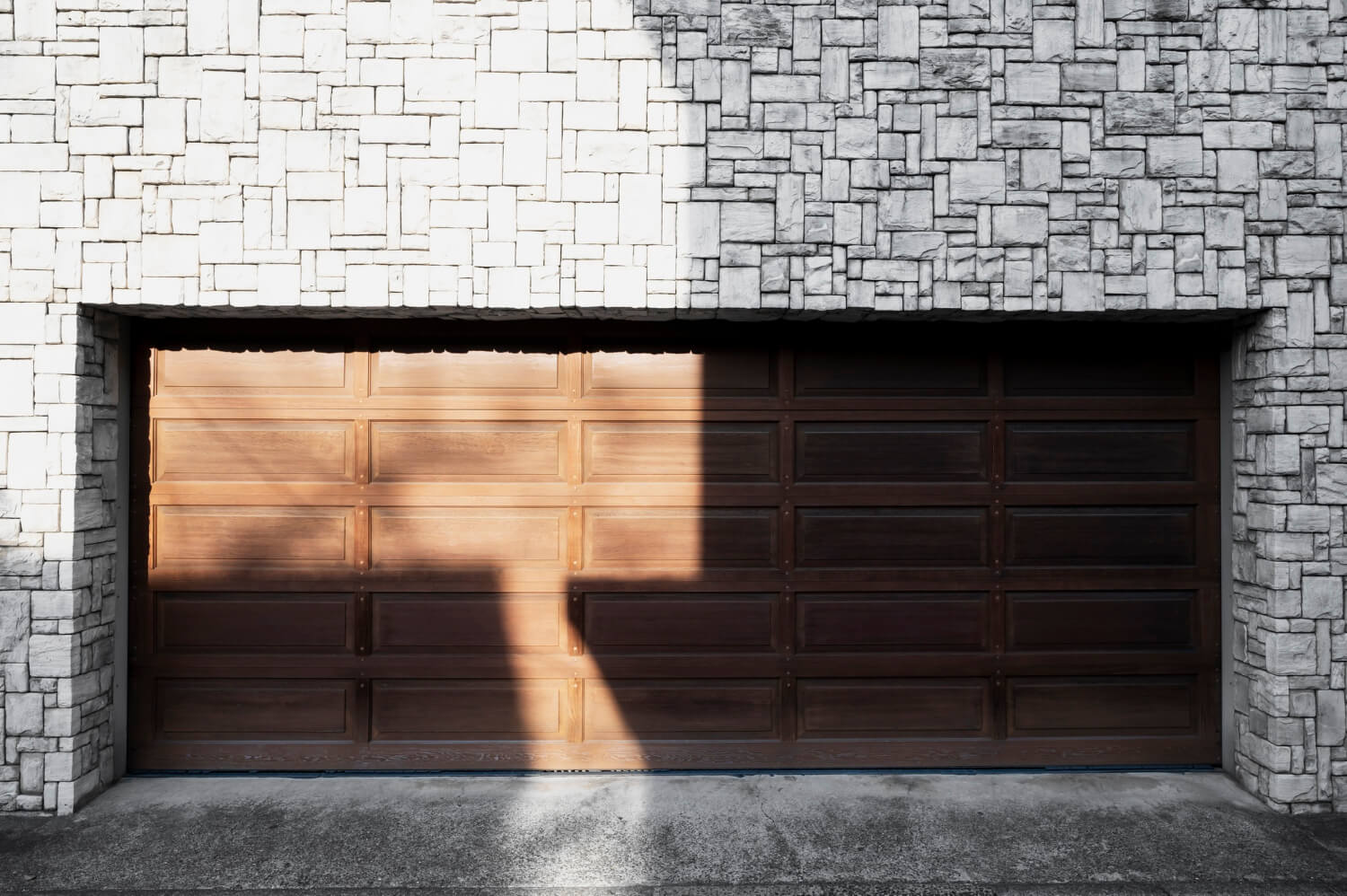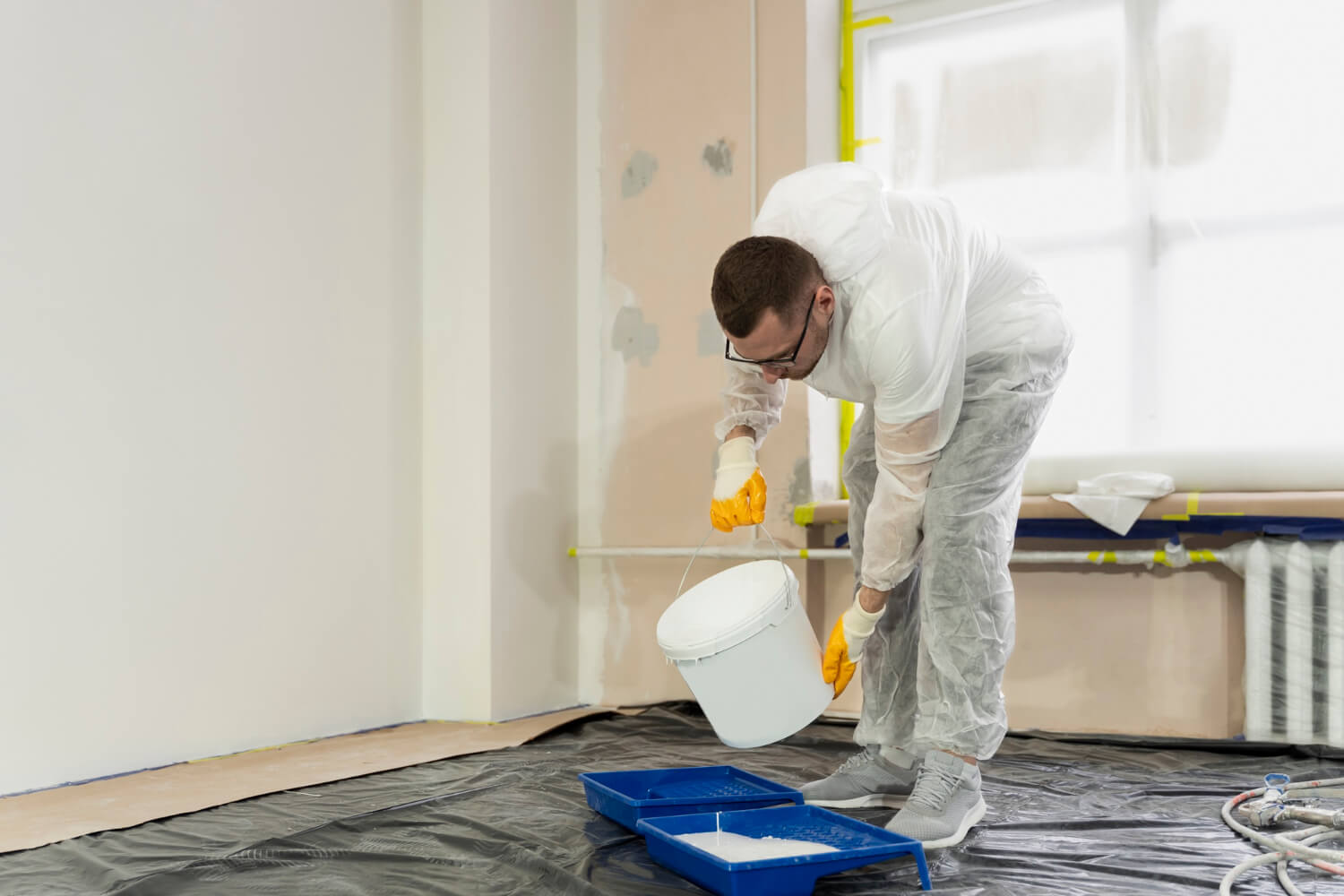G’day! If you’ve noticed your garage door isn’t quite operating the way it used to, it might be time to have a look at your garage door rollers. Often overlooked, these little components are crucial for the smooth operation of your door. Let’s dive into the telltale signs that your rollers might be knackered and what you can do about it.
Signs of Worn-Out Garage Door Rollers
First up, recognising the symptoms of worn-out door rollers is essential. If you catch these issues early, you can save yourself some time and hassle down the track. Here are the key signs to watch for:
Excessive Noise
Nothing’s more annoying than a noisy garage door, is there? If yours is making loud, screeching noises or sounds like it’s grinding away, your rollers might be on their last legs. Sure, you can add some lubricant, but if the noise doesn’t bugger off, it’s probably a sign that the rollers have had it.
Visible Wear and Tear
Give your rollers a good once-over. Look out for cracks, especially in plastic or nylon rollers, which tend to wear out quicker than their steel counterparts. Any visible damage indicates they might be due for a change.
Rollers Jumping the Track
If your rollers keep hopping off their track, it’s not just a nuisance—it’s a bit of a safety risk too. This usually means they’re not functioning as they should, and it’s something you should fix pronto.
Shaking or Unstable Door Movement
When your garage door starts to shake like it’s doing a dance each time you open or close it, that’s a red flag. It can be due to worn-out rollers. While misaligned tracks or loose brackets can also cause this issue, don’t underestimate the impact of dodgy rollers.
Causes of Worn-Out Garage Door Rollers
Understanding why rollers wear out can help you to avoid these issues in the future. Here’s the lowdown:
Inadequate Lubrication
Dry rollers are bad news—they can seize up, leading to a noisy operation and eventual failure. Regular lubrication with a silicone spray or household oil can keep them rolling smoothly.
Misaligned or Damaged Tracks
Tracks that aren’t on the straight and narrow or have taken a beating can cause your rollers to wear out faster than usual. Misaligned tracks can make the rollers struggle, producing unwanted noises and reducing their lifespan.
Excessive Grease Build-Up
While a bit of grease is good, too much can be a problem. Excessive build-up can stop rollers from doing their job, causing them to slide instead of roll. A regular clean-up of the tracks can prevent this issue.
Loose Brackets and Hardware
Track brackets that have come loose can cause the rollers to jump out of alignment. Regular checks and tightening can prevent this from happening, keeping everything hunky-dory.
Maintenance Tips for Garage Door Rollers
Want to keep your rollers in top condition? Here’s how:
Regular Cleaning
Give your rollers and tracks a good clean every spring and fall. Use a brush or damp cloth to remove any dirt and grime, and ensure you wipe away any excess grease build-up.
Lubrication
Use a non-lithium grease or silicone spray to lubricate the rollers. This not only ensures smooth operation, but also helps to prevent dirt sticking to them.
Inspection for Wear and Tear
Every few months, take a good look at your garage door components, particularly the rollers and tracks. Opening and closing the door a few times can reveal unusual noises or erratic movements that need attention.
Check and Tighten Hardware
Make sure all bolts and brackets are secure. Loose screws can make your door unstable, so tighten them if necessary, and give any dirty hardware a clean using a brake cleaner.
Replacing Worn-Out Garage Door Rollers
When to Replace
If your rollers are more than 10 to 15 years old, it’s likely time for a swap. Over time, the ball bearings in the rollers break down, making operation rickety. If your garage door keeps jamming, it’s a strong indicator they need replacing.
Steps for Replacement
If you’re a bit handy, you might tackle replacing them yourself. Here’s a straightforward guide:
- Do Not Remove Bottom Fixture Screws: These are under the full tension of the spring, so leave them be.
- Remove Old Rollers: Give the track a slight twist and gently pull the old rollers out.
- Install New Rollers: Insert the new rollers with another slight twist to keep them in place.
- Check Operation: Test the door to make sure it opens and shuts smoothly and quietly.
Safety Considerations
Avoid Removing Tensioned Parts
Keep your hands off the screws on the bottom fixture as they hold the bottom roller under tension. Messing with them can be dangerous.
Use Proper Tools
Avoid using makeshift tools that could damage or further misalign your rollers and tracks. Invest in a decent set of tools to ease the process.
Professional Help
If you’re not too sure about handling the replacements yourself, it’s wise to call in an expert. They’ll ensure the job is done safely without a hitch.
By keeping your garage door rollers in check, you can save yourself from headaches and extend the life of your garage door. Regular maintenance and knowing when it’s time to replace worn-out parts are key to keeping everything in tip-top shape. Good luck, and happy fixing!







